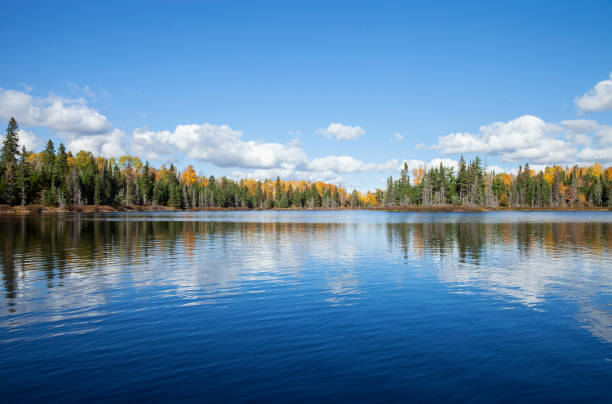


MELBOURNE, AUSTRALIA - AUGUST 07: Fans watch the FIFA Women's World Cup Australia & New Zealand 2023 ... [+]
In 2024, Matthew Galea and his Essendon Royals Club in Moonee Valley in Melbourne will not be able to cater for 50 boys. The community club serves around 900 players, but with a waiting list of some 400 players Essendon Royals, founded in 1959 by Italian immigrants from Trieste, simply does not have the facilities to accommodate the growing interest in the sport. Galea and his club will however keep lobbying the local council and state government for funding.
It’s the scenario he had feared even before the Women’s World Cup. At the Football Writers Festival, with Thomas Hitzlsperger among the panellists, Galea, a marketeer at his club, had argued that the four-week soccer extravaganza would not be a game-changer for Australian soccer, pointing out that the commercial success of the Matildas was being conflated with the need for long-term investment at the grassroots level. The audience sided with Galea and narrowly outvoted the yes camp, including the ABC’s Samantha Lewis.
Perhaps not even Galea had seen the tidal wave of support and 90-minute patriotism coming. Australia does big events well. The government underwrote the tournament by A$100 million The Matildas were everywhere - on billboards, in bookstores, and on front pages. They conquered prime time and galvanized the nation in a nail-biting penalty shootout victory over France in a tournament that broke all records. But now that the circus is gone - FIFA executives no longer occupy the best suites at the Park Hyatt, the post-mortem in the United States is ongoing, Spanish FA president Luis Rubiales has been suspended for his obscene kiss and the Matildas have faded from the mainstream media’s limelight - the legacy question becomes pertinent.
“In Moonee Valley City Council, there hasn’t been a single project funded that will increase the capacity for soccer in our area,” laments Galea. “The big missed opportunity from this World Cup is, in terms of legacy, the lack of facilities that have been delivered. In Melbourne, the Home of the Matildas is a great facility but will mainly service the elite players without necessarily increasing the ability of Victorian soccer clubs to look after the players who are going to want to take up the game.”
Eltham Redbacks, just north of Victoria’s capital, also have had to reject young players. Without a lack of development of facilities, particularly in the women’s game, says Eltham Redbacks COO Gabby Montagnese, registrations, and operations have become more challenging after the Women’s World Cup.
Essendon Royals Club and Eltham Redbacks may petition for more funding, but ultimately that won’t solve the structural problem of disunity in Australian soccer. Each club, each state federation and Football Australia, who have rolled out a A$365 million legacy program, have competing interests. A former Socceroo captain, human rights activist and backer of the Matildas, Craig Foster argues that the stakeholders have to come together.
“The game itself is still not completely in a position to capitalize from a governance perspective,” says Foster. “The game constantly screams for more funding without scrutinizing itself and realizing that it's not yet in a position to justify the level of funding it should have. Through this World Cup, the game might finally come together and decide that if we get our own house in order right now, then exponential growth is right within our grasp.”
Matthew Galea chairs a panel during the Football Writers Festival on July 17, 2023 in Sydney, ... [+]
During the tournament, Jamie Warren, the nephew of the legendary Johnny Warren, hosted viewing parties at his pub, a museum in part with great memorabilia, in Jamberoo, south of Sydney. He understands the pain the soccer community as a sport of “Sheilas, Wogs and Poofters” has endured. Soccer was long perceived as foreign and homosexual, but the political infighting and division in the sport haven’t helped it to prosper.
“Australia punches above its weight on what can only be described as a shoestring budget,” says Warren. “There are numerous soccer bodies submitting funding proposals to local, state, and federal governments for similar projects and for the same pool of funds. Various government representatives have told me this over and over. They also said that they don't have the same issue with other sporting codes, which makes their decision-making process a lot less complicated.”
A unique sporting landscape, Australia has four football codes, which all compete for market attention, sponsorship and funding. In 2019, the AFL, NRL, FFA, and Rugby Australia combined generated A$1,56 billion in central league revenue.
Australia has long been divided along the Barassi Line; to the West of the imaginary line lies Australian rules football heartland, and to the East rugby country. The codes have co-existed in enmity, with soccer in a role of subjugation. In his book ‘Code Wars’, Hunter Fujak, a lecturer in sports management at Deakin University, argues that the battle between the codes ultimately benefits a rich and unique landscape. It’s not how soccer, the biggest participatory sport, sees it. “These sports are well-resourced and politically well-connected,” says Francis Awaritefe, the chair of Professional Footballers Australia.
“They have been able to steer tax-payer resources which should serve the needs of the many toward their own narrow interests and aims. The wrong, long-held perception in the corridors of power was that Australia was not a soccer country.”
The Matildas shattered that view, to the extent that Australian Rules Football broadcast Australia’s quarter-final with France at their stadiums. It was unheard of. The national news was moved, something that rarely happens, even for the other codes or cricket, Australia’s favorite pastime in summer. The Matildas became a part of the national conversation and perhaps national identity on their way to an unprecedented fourth-place finish. Mackenzie Arnold, Ellie Carpenter, Mary Fowler, and others became household names.
With investment and unity, soccer can capitalize on the golden-and-green movement that swept the nation for weeks. “We always knew that the World Cup tournament itself would be a fabulous event, it would be well-attended, and it would capture the imagination of the Australian public,” concludes Bonita Mersiades, a FIFA whistleblower and publisher. “Australians enjoy an event and, like every country, love seeing our own team do well. But to have a true legacy out of the 'sugar hit' of the tournament we need to follow up the investment already made and the interest on display.”


